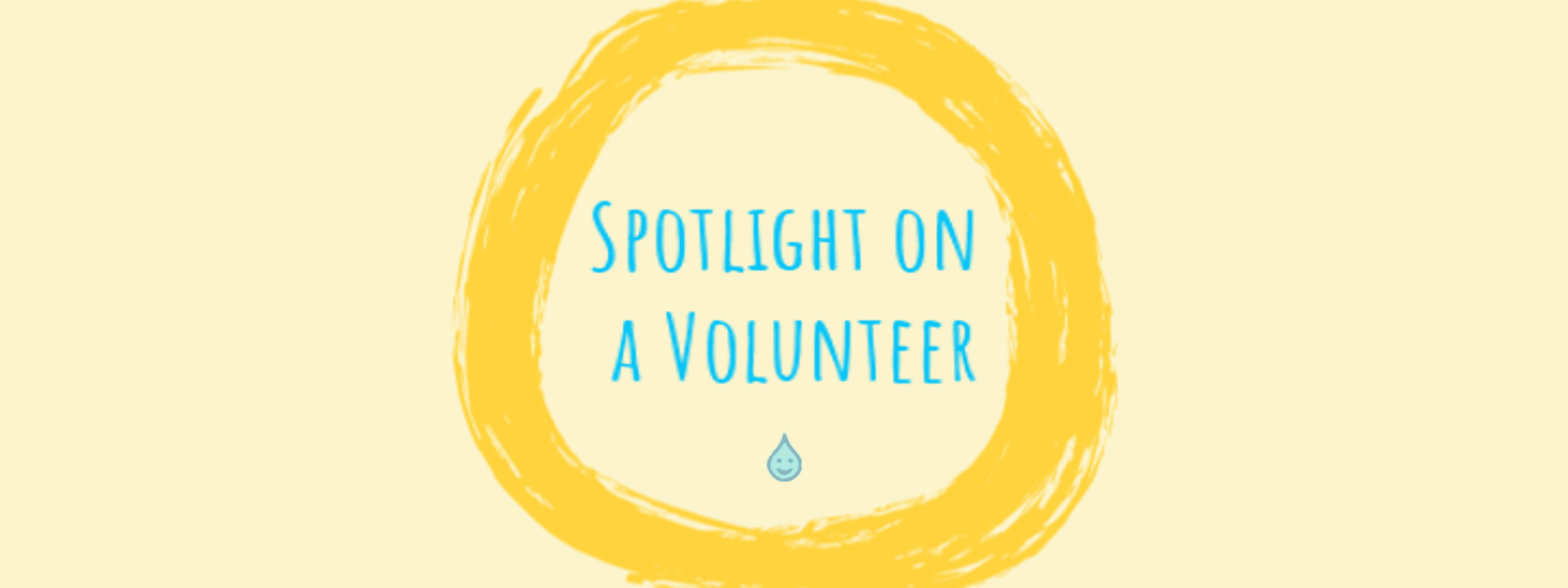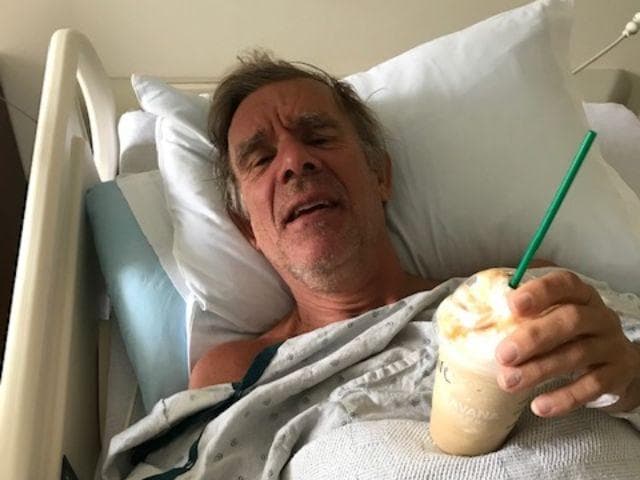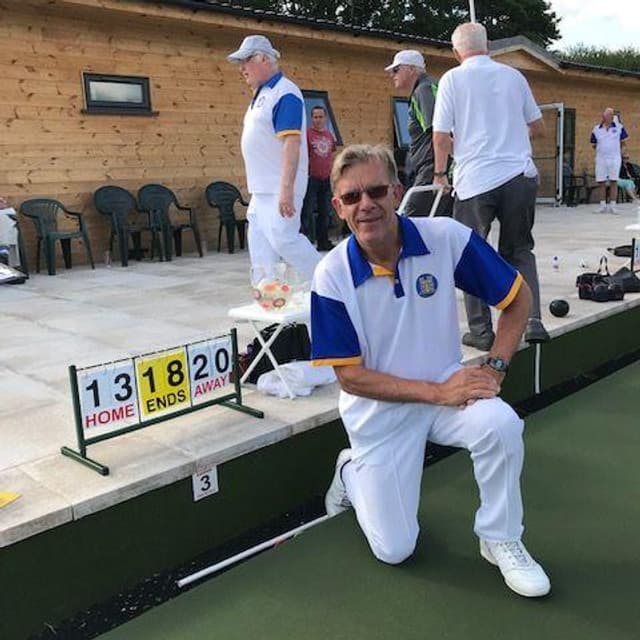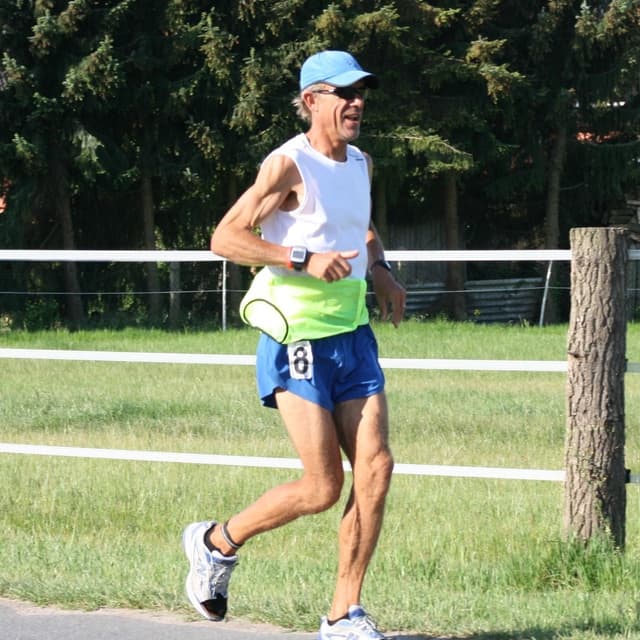
Until my mid-fifties, I was strong, fit and healthy. I had run nearly 200 marathons, and in 2009 competed in the Trans Europe Footrace - nine weeks spent running 3,000 miles from the south of Italy to the north of Norway.
But then things started very slowly - almost imperceptibly - to go wrong with my health. Three times I passed out after a hard run. Each of the three episodes was a little different, but what they had in common was a very disoriented, ashen-grey, breathless, unwell me lying prostrate at the finish line for a couple of hours.
At the time, I couldn’t identify the cause of the horrible feelings, but chalked them up to either undertraining or ageing. Either way, I didn’t like the feeling one bit. Each time, I spent several hours getting back to normal.
Finally I turned to my GP to discuss matters. He was visibly concerned, and sent me for lots of tests. He did not believe this was purely an ageing effect, as my vital signs (pulse, blood pressure, weight, etc.) were very good for someone my age.
So we started with blood tests. A little anaemia showed up, but nothing else alarming. Iron pills and Guinness did nothing to change the trajectory.
Next, X-rays. A few shadows on the lungs, but nothing serious. Follow-up MRIs showed nothing which would explain my symptoms. My doctor did scare me a little with his thoughts on the possibility of lymphoma - a form of cancer that begins in infection-fighting cells of the immune system - but my blood tests didn’t support that theory.
So we moved on to my heart - was my trusty ticker beginning to give out after 35 years of running? I was sent to cardiologists who carried out standard tests - ECGs, overnight monitors, CT scans, a catheter angiogram, and finally a treadmill stress test. After only nine minutes, I had to ask the medics to turn off the machine and let me rest on a chair. I knew that something was seriously not right, but it just didn’t feel like my heart was the problem.
It turns out I was right.
As winter 2018 approached, things went from bad to worse. I was referred to a neurologist, who while not being able to diagnose any specific condition accepted that something serious was going on. By this time, I now know that my family’s fear was that I was developing some form of early onset dementia. I was beginning to sleep a great deal - up to 18 hours a day - and I was suffering really bad headaches whenever I got out of bed. On top of that, my motor skills were starting to fade. I was becoming clumsy and unstable, confused and forgetful. But I was not “with it” enough to understand what was happening.
All I knew was that I was being accused of being demented, which I didn’t care for one bit. My mother had died of Alzheimer’s a year ago after a 12-year nightmare with the disease, and the thought absolutely terrified me. But unfortunately my sense of reason and awareness had been compromised to the point where I was making very little sense.
Things got worse and worse. Finally in November, my wife Claire took our neurologist’s advice and took me to the Accident & Emergency department of the local hospital. I was moved quite swiftly to a ward, and given another series of tests. Cancer or brain tumour were concerns of the doctors, but those tests again came back negative. Whew. But I felt terrible, mentally and physically. My memory of the two weeks I spent in that hospital is as fragmentary as shards of broken glass.
During this hospital stay, Claire and our kids spent lots of time surfing the web, searching for diagnoses which matched my symptoms. The internet thus became a tool in their hands which helped to save my life. They alighted upon a condition called Cerebrospinal Fluid (CSF) Leak, which matched my symptoms precisely. They also found a Neurology Professor at Cedars Sinai Hospital in Los Angeles who is the world’s leading authority on the subject, having at least 1,100 surgical interventions in cases of CSF Leak to his credit. This was how we came to learn of Dr Schievink, the man who ultimately saved my life.
As I was nearing the end of my first hospital stay, one of the more switched on doctors there met us in my room, and said he thought I may be suffering from a “little known condition called CSF Leak”. Claire promptly reached into her bag and pulled out an Internet transcript of a CSF Leak article, underscoring his thoughts exactly. Although he looked slightly crestfallen to have been scooped by a group of amateur “Dr. Googles”, we were happy that someone in the NHS system was finally treating my condition seriously and in a way that made logical sense.
The next stop in the journey, after review by my consultant neurologist, was Charing Cross Hospital, which had more advanced radiology and surgery options. I had spent a miserable Christmas with my family, sleeping constantly and becoming less and less aware of my surroundings. Headaches were a constant reminder to lie down, which in turn led to more hours of sleep.
In January 2019, we arrived at Charing Cross. I had a brain MRI, and this clearly showed that my brain was sagging down into my spine. It was generally agreed that this was caused by a CSF leak - fluid was leaking from somewhere, reducing the pressure in my skull and thus allowing this sagging. The doctors tried two different approaches to remedy this - blood clot patches and caffeine infusions.
The anesthesiologist's first attempt at a blood clot patch was unsuccessful. I felt no better. A caffeine infusion was tried. (Caffeine, it is suspected, increases the body’s production of cerebrospinal fluid.) It did not appear to make any difference in my case either.
A few weeks later, the anesthesiologist reluctantly agreed to try another blood clot patch, and bingo! By injecting into a different part of my spine, the patch relieved the headache symptoms and swung me from depressed and somnolent to happy and manic! I couldn’t sleep, couldn’t stop talking and felt that I had recovered.
But not so fast. Within ten days or so, the old symptoms started to return. More headaches, more instability, more sleep, and more craziness.
So, by this point, the doctors knew from MRI imaging that my brain was sagging into my spine due to a CSF leak. Unfortunately, they could not work out why - or where - I was leaking fluid. I was slowly deteriorating. Claire had confiscated my car keys, to prevent me from driving and potentially causing death and destruction on the roads. She also took my passport, so that I could not take a long-planned holiday to Goa. I was confused and angry at this loss of independence, control and fun. Nothing was making sense to me. I was descending into madness.
At the next meeting with our consultant, the idea of flying to the US for treatment was discussed. He had given up on the NHS’ ability to “fix” me. He suggested Johns Hopkins hospital in Baltimore, but they had a four month wait for treatment. Duke hospital in North Carolina had similar issues. But Claire managed to connect with Cedars Sinai hospital in Los Angeles. Dr. Schievink could see me in two weeks. He had seen my MRI scans from Charing Cross, and was confident that he could cure my brain sag.
So Claire booked our flights to LA, and a hotel room within walking distance of the hospital. We were on our way! My daughter came with us on the flight, and our two sons who live in the US met us in LA. It was great to be together as a family, even in my diminished state.
Within three days, we had met Dr Schievink, and he explained what he planned to do. I was to be MRI’d again, to confirm the status of the leak. Then, under general anaesthesia, I would receive something called digital subtraction myelography, a very precise scan of my spine to determine the exact site of the leak. Two days later, again under general anaesthesia, they would perform a laminectomy on the vertebrae next to the site of the leak, to allow access to the dura.
Even in my confused state, it was clear to me that Dr Schievink knew exactly what he was doing. Only later, weeks after the surgery, did I come to realise that this set of procedures was extremely complex, and not without risk.
Within a week of arriving in LA, I found myself lying in a hospital bed recovering from scans, anesthesia and surgery. My back was miserably sore, but I had made it through without any problems. After two nights at Cedars Sinai, under the care of brilliant nurses and doctors, I could feel the fog of dementia starting to lift. My head didn’t ache. Things were starting to make sense. I was even able to slowly walk back to our hotel with my family.
Dr Schievink let us know that the cause of my CSF leak had been a dural cyst at T8-9 - which I had probably had since birth - and which had been somehow connected to a venous fistula, a rogue vein which was allowing spinal fluid to escape the dura and into the rest of my body. His surgery involved cutting and cauterising off the fistula, and then placing two aneurysm clips on the cyst. He hoped that his handiwork had stopped any further leakage permanently.
A week after surgery, a final MRI clearly showed that my brain was floating again, and my cranial nerves, pituitary gland, and all that tricky wiring stuff was getting back to the right size, shape and position. Dr Schievink had successfully cured me - truly saving my life.
What does this mean? My “crazy” symptoms have receded. The “brain fog” has cleared. Senses like smell, taste, appetite, and vision are recovering nicely. And I can finally sleep more normally - eight hours instead of fifteen a night. I can walk without stumbling or falling. Headaches and my painkiller intake is a thing of the past. I can swallow without choking. And I can drive a car again!
I now spend an hour a day at the gym. I can even jog for 20 minutes on the treadmill. My short-term memory is still not perfect. But to say that I’m a very lucky CSF Leaker would be a massive understatement.



